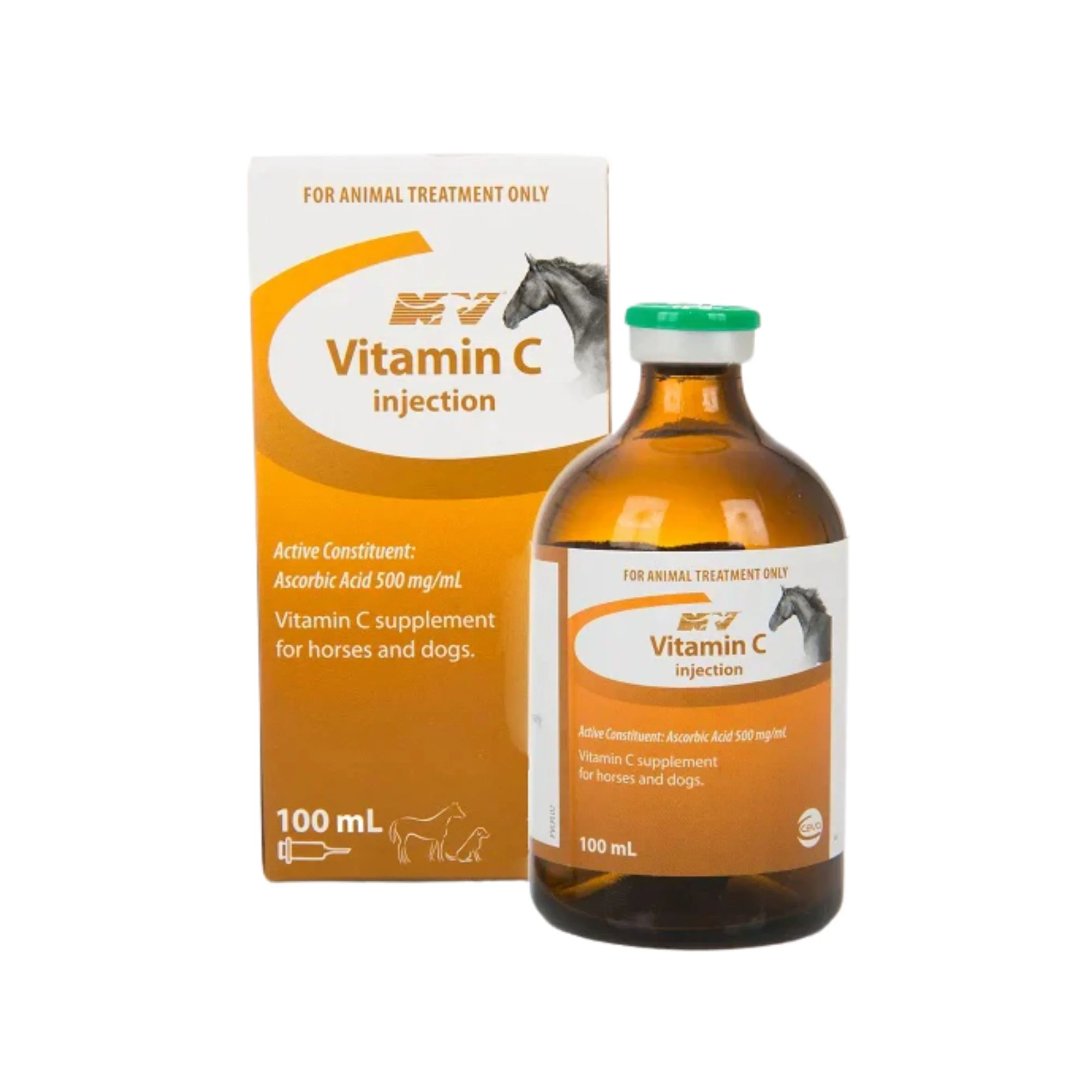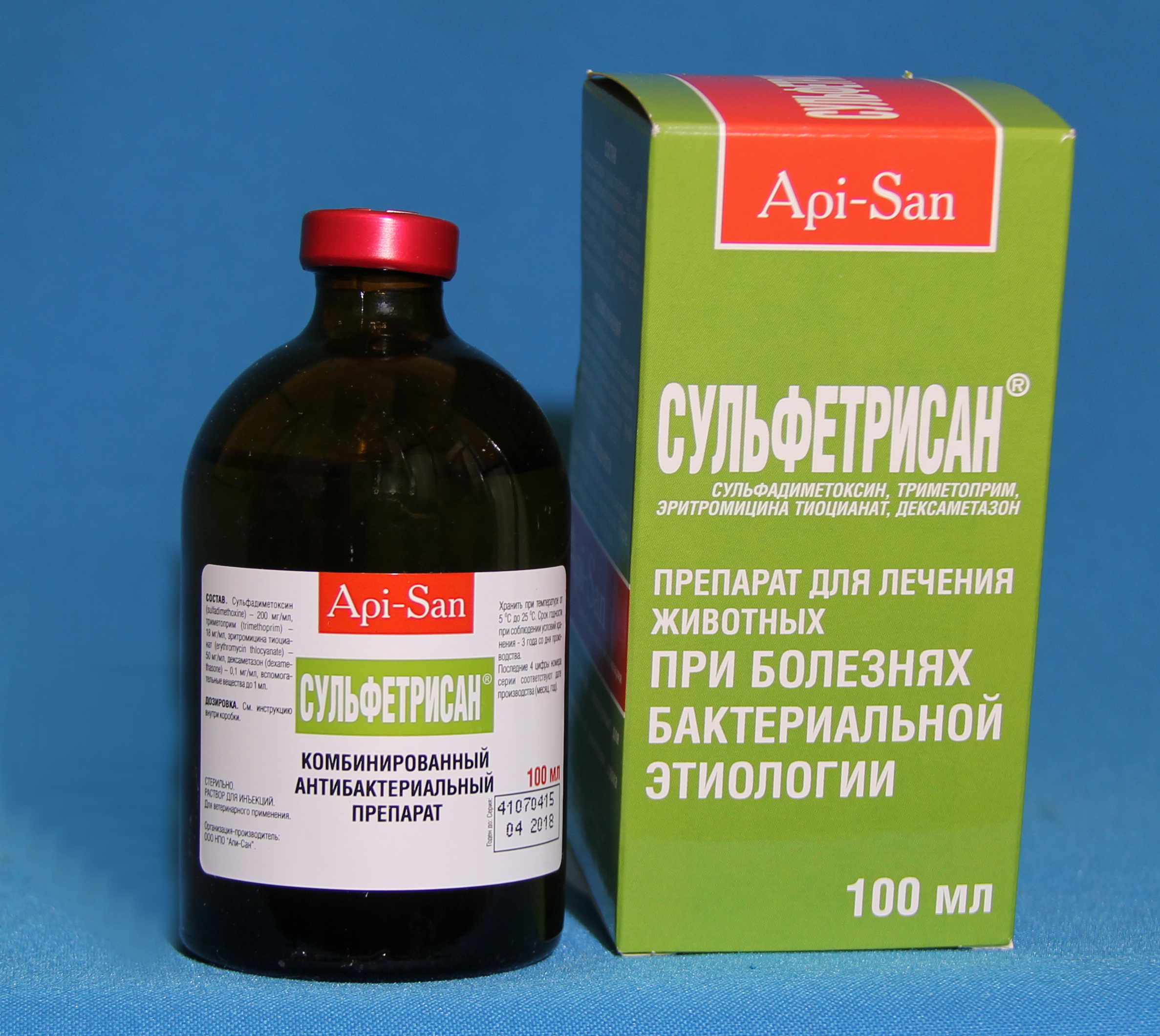In the world of veterinary medicine and animal husbandry, ensuring optimal health and disease resistance for animals is paramount. Among the various supplements and treatments available, Vitamin C injections for animals have gained significant attention for their proven benefits in enhancing immune function, promoting recovery, and supporting overall well-being. This comprehensive guide explores everything you need to know about Vitamin C injections for animals, including their benefits, applications, administration guidelines, and how to choose the best products for your animals.
1. Introduction to Vitamin C in Animal Health
Vitamin C, scientifically known as ascorbic acid, is a vital nutrient traditionally recognized for its role in human health. However, in recent years, veterinary practitioners and animal owners have acknowledged its importance in maintaining the health and resilience of various animal species. Unlike humans, many animals (including dogs, cats, and certain livestock) can synthesize Vitamin C endogenously in their bodies. Nevertheless, under certain conditions—such as stress, illness, or aging—the natural production may be insufficient, necessitating supplemental administration.
The Role of Vitamin C in Animals
Vitamin C functions as a potent antioxidant, supports collagen synthesis, enhances immune function, and promotes tissue repair. It also helps in neutralizing free radicals, reducing oxidative stress, and improving overall vitality.
2. Why Do Animals Need Vitamin C?
While most animals can produce their own Vitamin C, specific situations demand external supplementation:
- Stressful Conditions: Transportation, environmental changes, or illness can deplete Vitamin C levels.
- Illness and Disease: Infections, chronic diseases, or immune suppression may increase the body’s need for Vitamin C.
- Aging: Older animals often have reduced synthesis capacity and require additional support.
- Certain Breeds and Species: Some animals, such as guinea pigs and primates, cannot synthesize Vitamin C and must obtain it through diet or injections.
Scientific Evidence Supporting Supplementation
Research indicates that Vitamin C supplementation can bolster immune responses, reduce inflammation, and improve recovery times in various animal species.
3. Benefits of Vitamin C Injection for Animals
Administering Vitamin C via injection offers several advantages over oral supplementation, particularly in clinical or urgent scenarios. Here are some key benefits:
Rapid Absorption and Bioavailability
Injectable Vitamin C bypasses the gastrointestinal tract, ensuring immediate and complete absorption into the bloodstream. This rapid action is crucial during emergencies or when quick therapeutic effects are needed.
Enhanced Immune Function
Vitamin C plays a critical role in supporting immune cells such as phagocytes and lymphocytes, boosting the animal’s ability to fight infections.
Antioxidant Properties
By neutralizing free radicals, Vitamin C injections help reduce oxidative stress, which is linked to aging, inflammation, and disease progression.
Wound Healing and Tissue Repair
Vitamin C is essential for collagen synthesis, promoting faster wound healing and tissue regeneration in injured animals.
Stress Reduction
Animals under stress, such as during transportation or environmental changes, can benefit from Vitamin C injections to mitigate stress-related health issues.
Support During Disease Recovery
In cases of infectious diseases or chronic illnesses, Vitamin C injections can accelerate recovery and improve overall health status.
4. Forms of Vitamin C for Animals
Vitamin C supplements are available in various formulations:
- Oral Tablets and Powders: Suitable for routine supplementation but may have variable absorption.
- Injectable Solutions: Used in veterinary clinics for rapid effect, especially in acute cases.
- Topical Preparations: Less common, used for localized treatment.
For therapeutic purposes, especially during illness or stress, Vitamin C injections are preferred due to their superior bioavailability and quick action.
5. When and Why to Use Vitamin C Injections
Understanding the appropriate timing and indications for Vitamin C injections is critical for maximizing their benefits.
Indications for Use
- Acute infections: Such as respiratory, gastrointestinal, or skin infections.
- Post-surgical recovery: To support healing and tissue repair.
- Stressful events: Transportation, breeding, or environmental changes.
- Chronic illness management: Conditions like arthritis or immune deficiencies.
- Aging animals: To bolster immune function and vitality.
- Species-specific needs: For animals that cannot synthesize Vitamin C (e.g., guinea pigs, primates).
Timing of Administration
- Preemptive: Before stressful events or surgeries.
- Therapeutic: During illness or recovery.
- Supportive: As part of a comprehensive health management plan.
6. Administration Procedures and Best Practices
Proper administration techniques ensure safety and efficacy.
Dosage Guidelines
- Consult veterinarian or product label instructions.
- Typical dosages vary depending on species, weight, and condition.
- Overdosing can cause adverse effects; hence, professional guidance is essential.
Injection Sites
- Subcutaneous: Under the skin, suitable for most animals.
- Intravenous: For rapid systemic effect, requires skilled personnel.
- Intramuscular: Less common, depending on the formulation.
Administration Tips
- Use sterile syringes and needles.
- Ensure correct dosage calculation.
- Monitor animals for any adverse reactions during and after injection.
- Maintain proper storage of Vitamin C products to preserve potency.
7. Safety and Dosage Considerations
While Vitamin C is generally safe, it is vital to adhere to safety guidelines:
- Avoid Excessive Doses: Can lead to gastrointestinal upset or kidney stones.
- Species-Specific Dosing: Different animals have varying tolerances and requirements.
- Monitor for Reactions: Allergic responses or local irritation at the injection site.
- Consult Professionals: Always follow veterinarian recommendations.
8. Common Conditions Treated with Vitamin C Injections
Some typical scenarios where Vitamin C injections are beneficial include:
- Infections: Bacterial, viral, or parasitic infections.
- Wound management: Enhancing healing after injuries or surgeries.
- Chronic conditions: Arthritis, cartilage degeneration.
- Stress-related conditions: Transport, breeding, or environmental stress.
- Age-related decline: Supporting elderly animals’ immune health.
9. Choosing the Right Vitamin C Injection Product
Selecting high-quality products ensures safety and efficacy. Consider the following:
- Purity and Composition: Look for reputable brands with verified ingredients.
- Formulation: Stable, bioavailable solutions suitable for your animal species.
- Packaging: Single-dose vials or multi-dose vials with proper storage options.
- Manufacturer Reputation: Prefer products from trusted suppliers like Miraduck Solutions, known for quality veterinary supplies.
Note: Always purchase from authorized distributors or veterinary suppliers to guarantee product authenticity. Humagropin for Animal Use
10. Integrating Vitamin C into Veterinary Care
Vitamin C injections should be part of a holistic approach to animal health, including:
- Balanced nutrition
- Proper hygiene and housing
- Vaccinations and parasite control
- Regular health monitoring
- Stress management strategies
Consult your veterinarian to develop tailored treatment plans that incorporate Vitamin C supplementation when appropriate.
11. Frequently Asked Questions (FAQs)
Q1: Can all animals receive Vitamin C injections?
A1: Most animals can, but species like guinea pigs, primates, and some birds that cannot synthesize Vitamin C require supplementation. Always consult your vet.
Q2: Is Vitamin C injection safe for pregnant or nursing animals?
A2: Generally yes, but dosage and timing should be determined by a veterinarian.
Q3: How often should Vitamin C injections be administered?
A3: Frequency varies based on the condition; your veterinarian will recommend an appropriate schedule.
Q4: Are there any side effects?
A4: Rarely, local irritation or allergic reactions may occur. Overdose can lead to gastrointestinal issues.
Q5: Where can I buy quality Vitamin C injections for animals?
A5: Trusted suppliers like Miraduck Solutions provide high-quality veterinary products.
12. Conclusion: Enhancing Animal Health with Vitamin C Injections
Vitamin C injections represent a valuable tool in veterinary medicine for supporting animal health, especially during times of stress, illness, or recovery. Their rapid absorption, potent antioxidant properties, and ability to promote immune function make them indispensable in many clinical situations.
By choosing the right products, administering them properly, and integrating them into comprehensive health management plans, animal owners and veterinarians can significantly improve the well-being and longevity of their animals.
For high-quality Vitamin C injection products tailored for animal use, consider reputable suppliers like Miraduck Solutions, committed to providing safe and effective veterinary solutions.
Take Action Today
If you’re considering Vitamin C injections for your animals, consult with a qualified veterinarian to determine the appropriate treatment plan. Remember, proper care, combined with scientifically supported supplementation, can make a profound difference in your animal’s health and happiness.
Disclaimer: This blog post is for informational purposes only and does not substitute professional veterinary advice. Always consult a licensed veterinarian before administering any treatments or supplements to animals.





